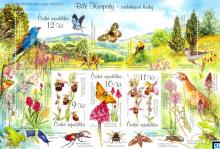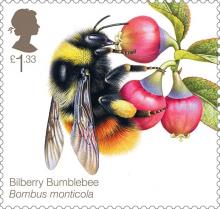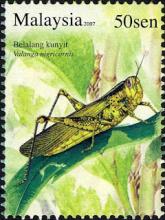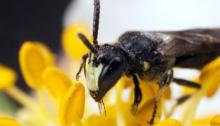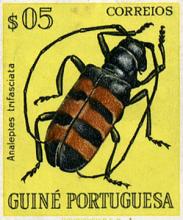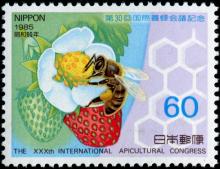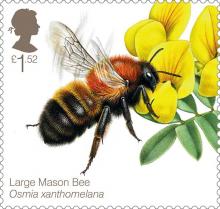Duitse experts pleiten voor een volledig verbod van neonicotinoide insecticiden om uitroeiing van insecten te verhinderen
Hele gebieden zonder bestuivende insecten - in China nu al realiteit. Daar worden bomen en planten met de hand bestoven, en in een paar jaar kan het bij ons ook zo zijn. De meest recente onderzoeksresultaten tonen aan dat de voorraad van wilde bijen en andere insecten dramatisch is gedaald. Als deze trend zich doorzet, zo de experts, sterven ze in minder dan tien jaar uit. De gevolgen zouden een ecologische ramp zijn die ook torenhoge economische verliezen zou veroorzaken in de landbouw en voedselproductie.


